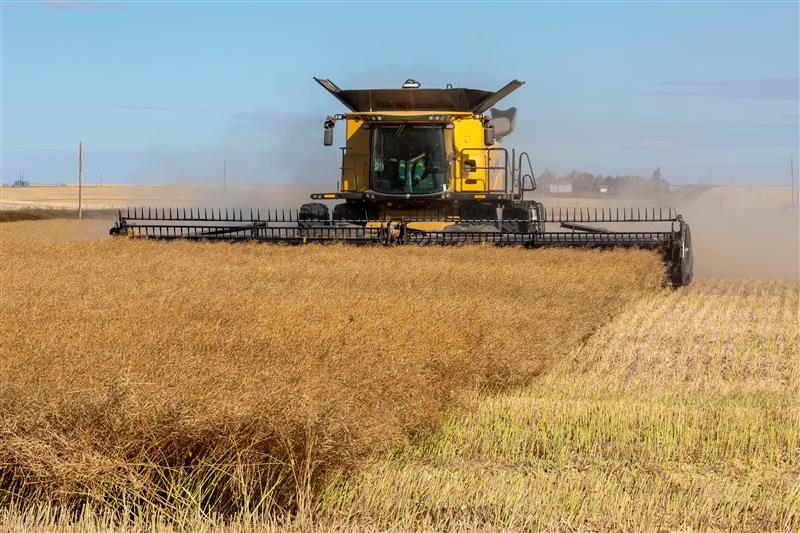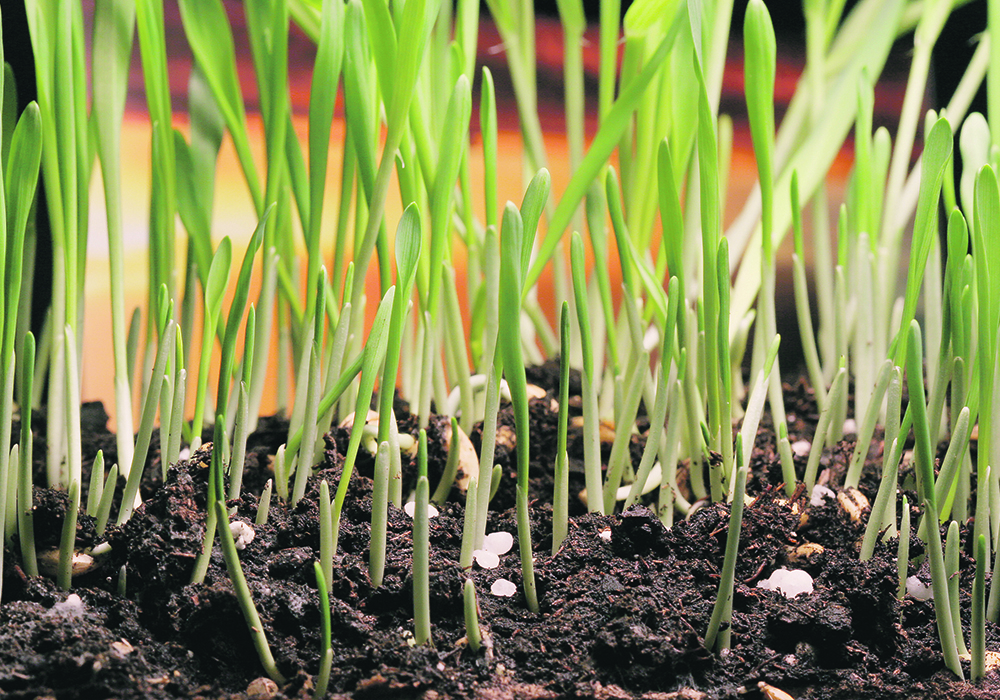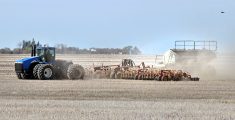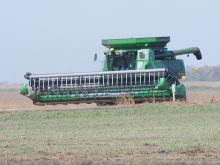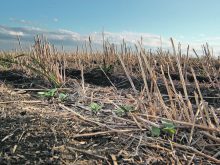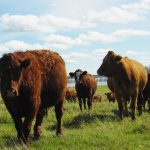Expert says speeding up a total adoption of 4R by all farmers, and the ability to prove they are doing it, will be difficult
It will be a daunting challenge to get farmers to quickly embrace 4R fertilizer practices to the same degree they now practice minimum-till, says innovative farming expert Joy Agnew of Olds College.
Getting farmers to prove they have undertaken all the steps needed to slash their fields’ fertilizer emissions faces major obstacles.
“What we’re talking about is a pretty disruptive change,” said Agnew to Manitoba farmers at CropConnect in February.
Agnew looked at the demands on farmers by governments and others for major fertilizer emission reductions and assessed what they might be in the near future. Her conclusions weren’t encouraging.
Read Also
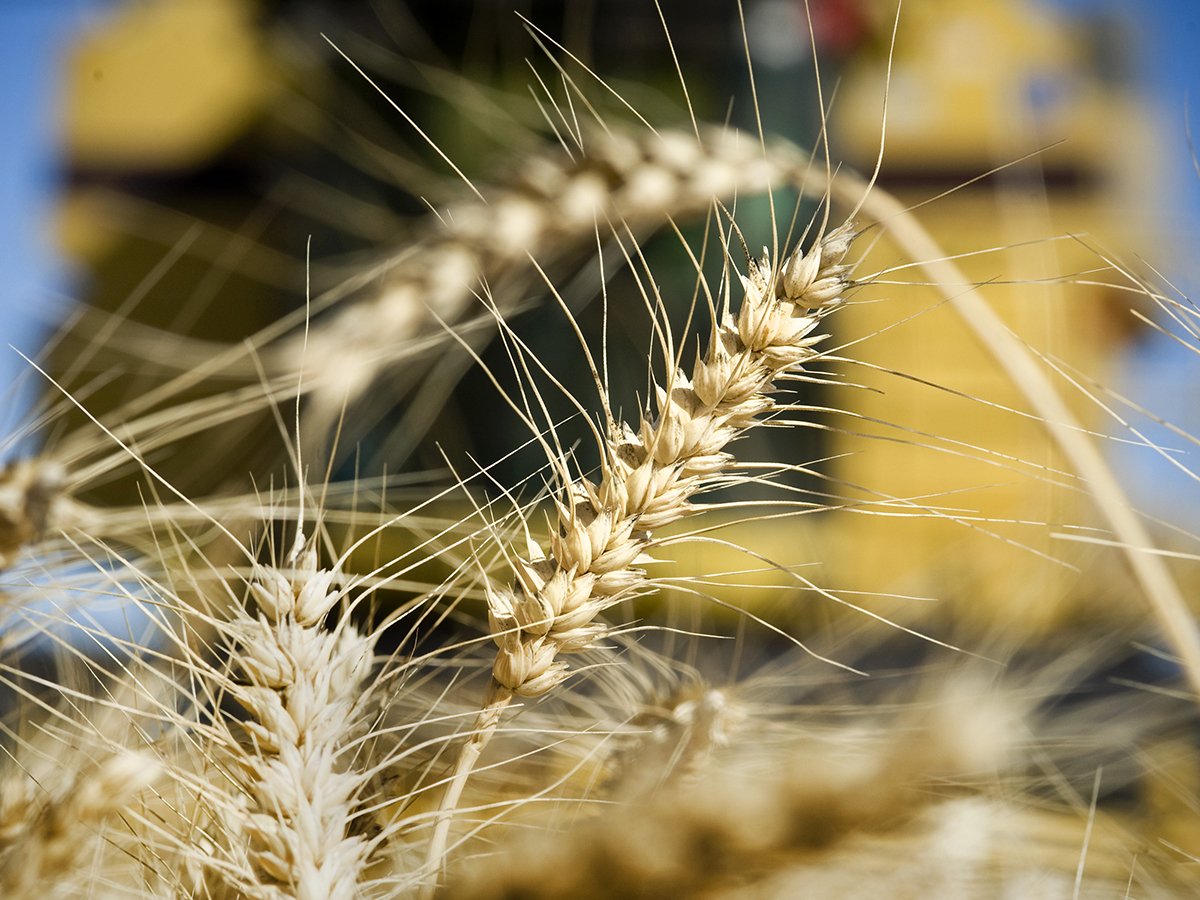
European wheat production makes big recovery
EU crop prospects are vastly improved, which could mean fewer canola and durum imports from Canada.
“It took 100 years to get where we are at. We’re not going to change on a dime.”
Agnew said implementing a fully 4R system, especially if that requires verification by professionals, demands the creation of verification systems and the creation of agronomists that don’t yet exist.
“Are there enough certified 4R agronomists and CCAs out there to meet demand?”
Most farmers already practise some form of 4R, or employ some of the principles of the approach, which minimizes fertilizer waste through inefficiency.
However, speeding up a total adoption of 4R by all farmers, and the ability of farmers to prove they are doing it, will be difficult.
Agnew noted that it took decades for minimum-till farming to take over the Prairies, as farmers gradually embraced it. Governments and others, however, want farmers to slash fertilizer emissions in a much shorter time span. To help with that, governments and private organizations have created incentive programs and payments for practising various sorts of carbon mitigation actions.
Agnew is skeptical that incentives will have much effect because they didn’t appear to help with the minimum-till revolution. Alberta had a program subsidizing the practice, while Saskatchewan did not. Both provinces showed the same slow, steady growth of minimum till adoption.
“We have to do something different than we’ve done before,” said Agnew.
“Incentive programs aren’t enough.”
Canada and the Prairies are too diverse for any simple program to encourage adoption everywhere. Regional programs and specific measures will probably be needed.
“Simple policies or blanket statements aren’t going to work for all of Canada,” said Agnew.
None of this is helped by the fact that government authorities don’t seem to have a clear sense of how much carbon farmers emit, how that is affected by the carbon removal performed by farming, and how measuring should be done.
Looking at the sequestration issue, farmers are said to be net emitters of between 1.6 percent and 9.6 percent of Canada’s carbon emissions. That’s a gigantic spread, depending upon how calculations are done.
“That’s entirely due right now to the uncertainty about how much carbon is taken up in the soil,” said Agnew.
The nitrous oxide issue is similar. Agriculture is said to be a major emitter, but those emissions only comprise a tiny shred of Canada’s overall carbon greenhouse gas emissions. They disappear in charts of national emissions.
“You can’t see it because it’s kind of not visible,” said Agnew.
“Right now it looks like, man, I wonder if we should be focusing elsewhere.”
There is lots of room for Canadian farmers to reduce their emissions, but they should get credit for already being one of the least-emitting groups of farmers in the world, Agnew said.
If authorities want farmers to more aggressively embrace total 4R approaches, they’ll need to put a lot more energy into making it make sense to farmers.
“We do need to bend the curve on adoption,” said Agnew.

